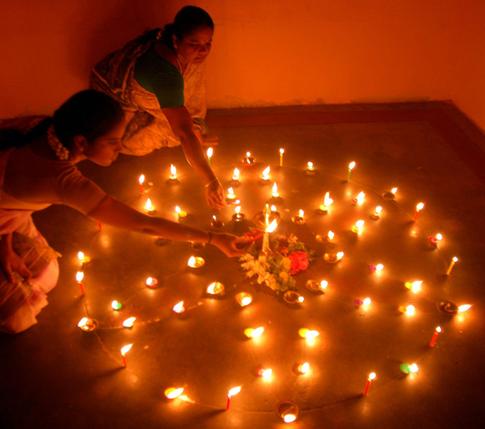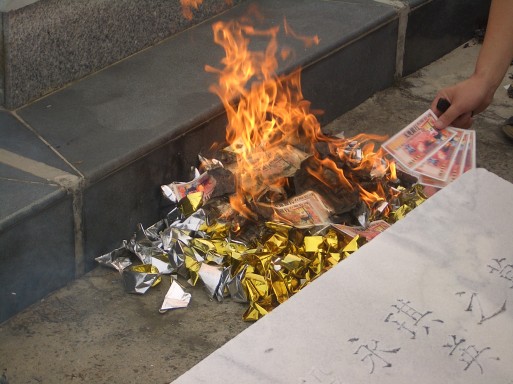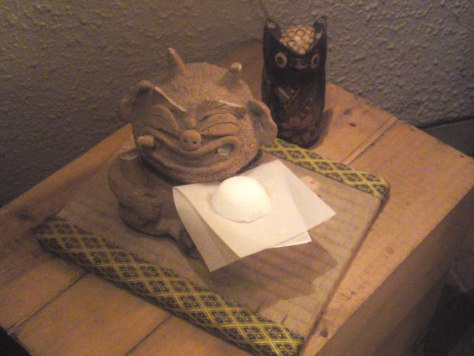Much of Halloween’s appeal is its dark underworld mystery we love. Once again it’s that time of the year when we find ourselves naturally embracing our paganism going back to when the world was filled with the scary unknown. This instinctual fear is what drove so many cultures to come up with their own ways to ward off evil spirits. The result is some visually beautiful rituals that cultures have adopted over time.
Karthikai Deepam is a Tamil Hindu festival that takes place sometime from November to December when the moon aligns with the constellation Karthigai. These six stars are part of the legends and mythology today. The festival has a religious story that ends with the worship of the flower Thazhambu and a Lord appearing as a flame. In honor of this flame, oil lamps are lit on the streets and in homes once darkness blankets the end of the festival day. Often they are placed on the flower or the symbolic six stars Kolam, a painting using colorful rice powder.
A tribe that lives in Northern Thailand’s hills believes in all kinds of spirits that have been around since the beginning of time. Spirits that oversee people’s lives and their deaths, be it good deaths by natural causes or bad ones by accidents. Spirits that oversee the sky, land, trees and weather, each in their own particular way. The spirits act out in spite or power or to protect. Anything that happens is believed to be caused by a spirit. There are shaman experts to handle angry spirits, to calm them to not cause harm.
When I was in China, I witnessed a Chinese funeral where the family burned “Hell Money” or “Joss Paper” to make the ghosts that live in the underworld happy. The hell money allows the dead ancestors to live comfortably by buying lavish items. Once a family member dies, they are believed to be a ghost. The Chinese also celebrate a hungry ghost festival on the 7th month of their calendar. Spirits can take on many evil forms – snake, wolf, moth or other forms – and it’s believed that to be possessed by one can result in an unfortunate life of physical or mental illness.
The practice of salt at the entrance of a Japanese home or business can still be seen in practice today. It is believed to chase evil spirits and while the salt is usually placed in a pile on the ground, a dish or platter, it can be spread out in shapes as well. The Japanese can only purchase it during the day or bad luck will happen and then some of it might be tossed into a fire as an extra measure to prevent any evil outcome. This is based on the belief that the devil is afraid of salt. Mythology has it that if sprinkled on the devil’s tail it will burn him terribly.
There are many myths and folklores to ward off evil spirits, with each practice more beautiful in its own way. These are just a few of many examples still around today.
Check out our other posts on cultural death practices around the world here.

 Warding Off Evil Spirits
Warding Off Evil Spirits






 Our Monthly Tip: Make an “In Case of Death” File to Ease Loved One’s Grief
Our Monthly Tip: Make an “In Case of Death” File to Ease Loved One’s Grief
 Passing of Beloved Comedian Births a New Comedy Festival
Passing of Beloved Comedian Births a New Comedy Festival















